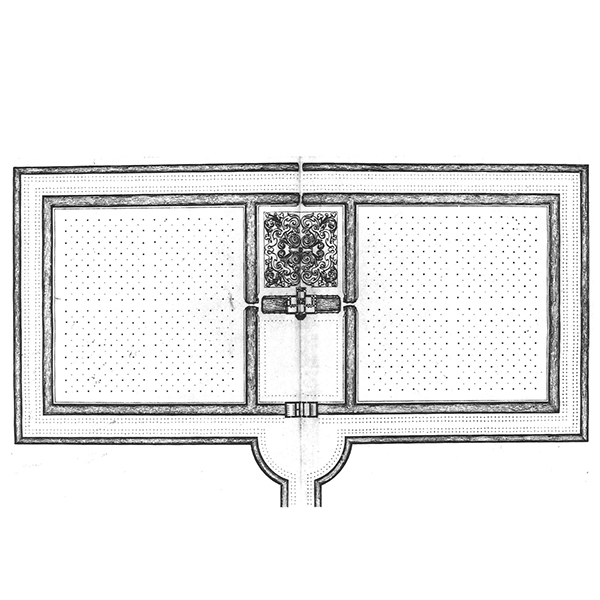Downloads
DOI:
https://doi.org/10.7480/overholland.2013.12/13.1700Abstract
In the seventeenth century a new fashion developed among the welltodo citizens of the Dutch Republic: owning and maintaining a country estate. This term (buitenplaats, literally ‘outside place’, in Dutch) has been defined as a substantial residence with a designed garden, garden ornaments and outbuildings. Country estates were not usually isolated structures in the landscape, but were built in clusters, as we can see from seventeenth and eighteenth century waterboard maps. In the area round Amsterdam they could be found on the banks of the River Amstel and in Watergraafsmeer, somewhat further from the city along waterways such as the Vecht, the Angstel, the Gaasp, the Gein, the Holendrecht and the Trekvaart barge canal, on Herenweg along Wijkermeer and in reclamation areas such as the
’s Gravenland sand quarry and the Beemster, Zijpe and Purmer polders. Round Haarlem and Leiden we find country estates on the sand ridges and along the inner dunes, beyond The Hague and as far as Naaldwijk; modest country estate landscapes also developed along the Old Rhine near Leiden and along main roads out of Rotterdam, for instance in Kralingen. This widespread fashion was to affect the appearance of Holland’s seventeenth century landscape.
How to Cite
Published
Issue
Section
License
Copyright (c) 2013 OverHolland

This work is licensed under a Creative Commons Attribution 4.0 International License.




